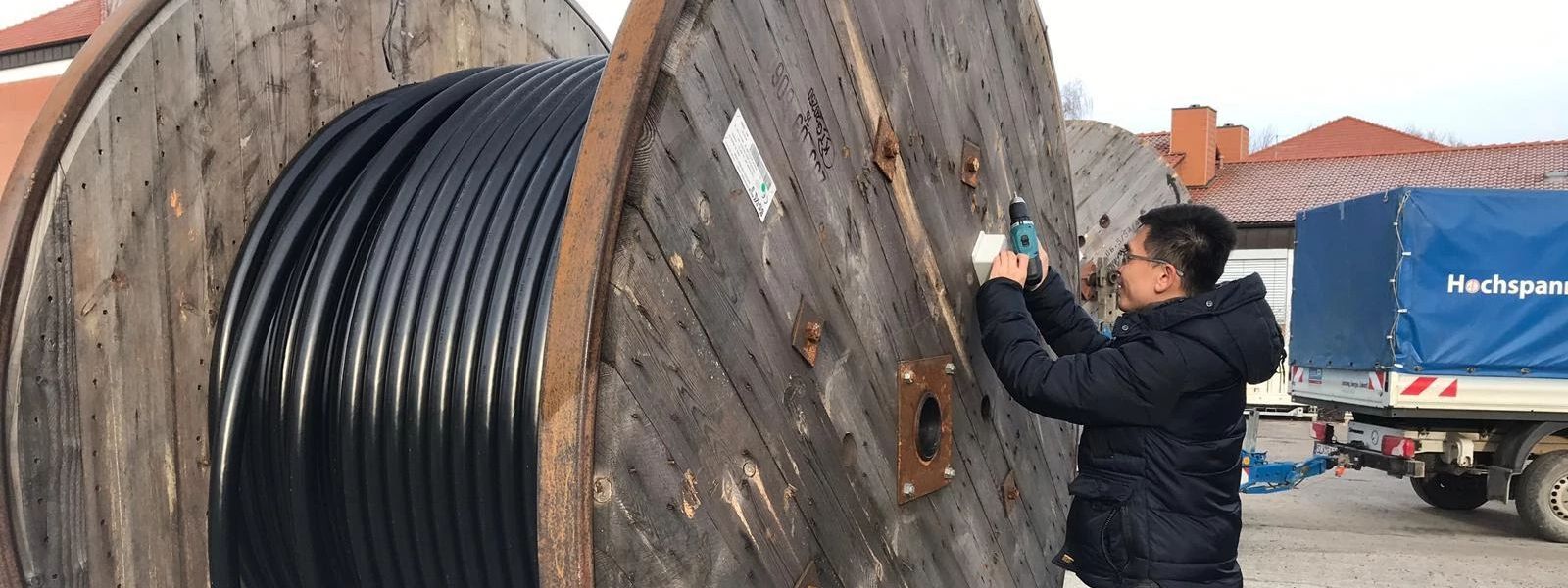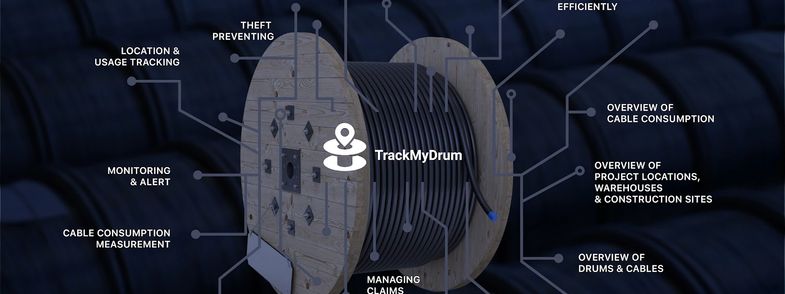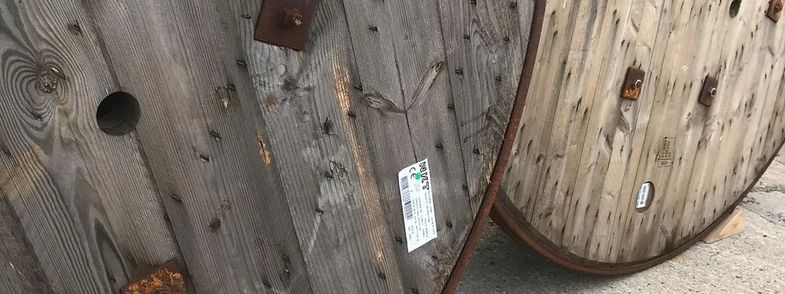This drum will pay its way and give incentives to do business
May 15, 2020
In an innovative partnership, the IOTA Foundation and THINKT Digital, the digital hub of NKT, will explore how assets can be autonomous economic agents which can pay for their own services as they move through the supply chain.
- Press Releases & Events
- This drum will pay its way and give incentives to do business



Loading...



